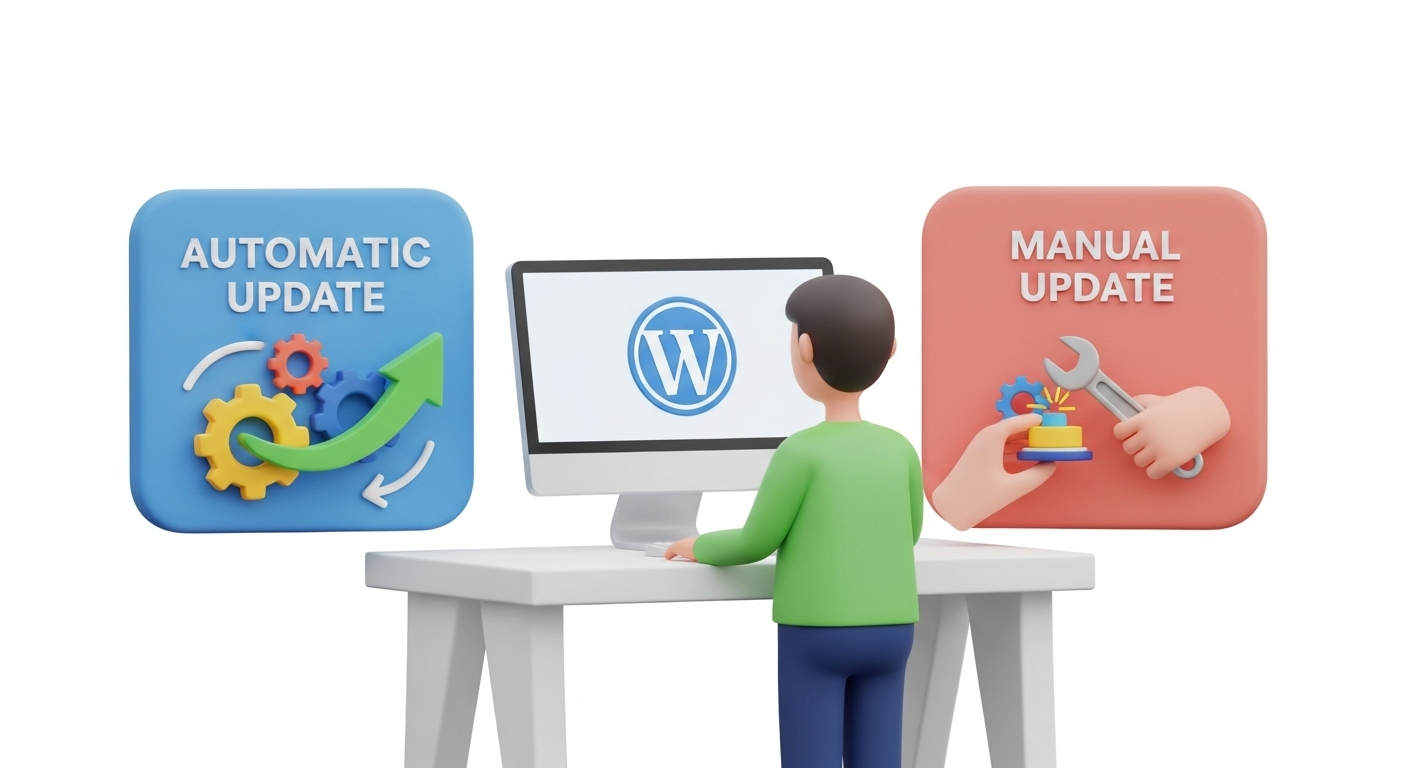Switching eCommerce platforms can feel overwhelming — especially when you're moving from a user-friendly solution like Shopify to a more powerful, developer-friendly one like Magento. But whether you're outgrowing Shopify’s limitations or need more backend flexibility, this guide will walk you through a seamless Shopify to Magento migration in 2025 — step by step.
Why Switch from Shopify to Magento?
Before we dive into the migration steps, let’s explore why many store owners are choosing to migrate Shopify store to Magento:
✅ Full control over backend functionality
✅ Advanced customization (themes, checkout, logic)
✅ No monthly subscription — Magento Open Source is free
✅ Designed to scale with high-traffic stores
✅ Greater SEO flexibility and URL structure control
If your Shopify store feels boxed in, it's time to consider a transfer from Shopify to Magento as your next strategic move.
Step-by-Step Shopify to Magento Migration Guide
Step 1: Plan Your Migration Strategy
Every successful ecommerce platform switch begins with a solid strategy. Define:
-
What data you want to migrate (products, customers, orders, reviews, SEO metadata)
-
Whether you need Magento equivalents of Shopify apps/extensions
-
The timeline — ideally during off-peak hours
-
Whether you’ll use a staging site or move live
️ Pro Tip: Always create a staging environment to test your Magento build before switching your domain.
Step 2: Set Up Your Magento Store
Download and install the latest version of Magento 2 Open Source (or Adobe Commerce if you're enterprise-grade).
Then:
-
Choose a responsive, eCommerce-optimized theme
-
Install essential Magento extensions (payment, SEO, shipping, analytics)
-
Configure store settings: tax rules, shipping zones, multi-language/currency support
If needed, consult a Magento developer for advanced configurations.
Step 3: Back Up Your Shopify Store
Before you migrate from Shopify to Magento, make sure you’ve backed up:
-
Product listings (including images and SKUs)
-
Customer accounts and order history
-
Collections, pages, and SEO metadata
Shopify provides built-in export tools. For deeper backups, consider third-party apps or services.
Step 4: Use an Automated Shopify to Magento Migration Tool
The most efficient way to transfer Shopify to Magento is with an automated migration solution like Cart2Cart.
Cart2Cart supports:
-
Products (with variants, prices, images)
-
Categories & collections
-
Customer details & order history
-
SEO URLs & metadata
-
CMS pages & reviews (optional)
How it works:
-
Create a Cart2Cart account
-
Select Shopify as your source cart and Magento as your target
-
Connect both platforms via API or connection bridge
-
Choose what to migrate
-
Run a free demo migration
-
Launch the full transfer
⏱️ Most migrations complete in a few hours — no downtime required.
Step 5: Post-Migration QA Checks
After your Shopify data is successfully moved, perform:
-
✅ Product and category layout checks
-
✅ Checkout and payment flow tests
-
✅ Customer account validation
-
✅ Functional testing of Magento extensions
You may need to manually rebuild custom features or themes if they don’t have 1:1 equivalents.
Step 6: Preserve SEO with Redirects
One of the most critical steps in a Shopify to Magento migration is protecting your SEO:
-
Set up 301 redirects from your old Shopify URLs to their new Magento equivalents
-
Use Magento’s URL rewrite tool or an SEO extension (like Mageplaza SEO)
-
Submit a fresh sitemap.xml to Google Search Console
-
Monitor for crawl errors, broken links, and ranking fluctuations
SEO traffic might dip temporarily, but proper redirects will preserve long-term equity.
Step 7: Go Live and Monitor Performance
When you’re ready to go live:
-
Point your domain to your new Magento server
-
Inform customers (email campaigns, banners, social media)
-
Monitor analytics (bounce rate, conversion rate, traffic)
-
Quickly fix any post-launch bugs or missed configurations
Final Thoughts: Should You Switch from Shopify to Magento?
If you're hitting the ceiling with Shopify and need more customization, ownership, and scalability, Magento is a future-proof alternative.
✅ Great for large product catalogs
✅ Ideal for multi-store, multilingual, or B2B use cases
✅ Gives you full backend control and freedom
✅ Works best when paired with a technical team or agency
Best of all, you don’t have to do it alone — with tools like Cart2Cart, your ecommerce platform migration becomes simple, fast, and safe.
Ready to Migrate Shopify to Magento?
Try a free Cart2Cart demo migration today and see how your Shopify data will look inside Magento — no risk, no code, no downtime.
Start your Shopify to Magento migration now
➡️ Fully automated
✅ SEO-safe
Go live in hours
Monthly Update – December 2025
As you settle into your newly migrated Magento store, December offers a crucial opportunity to reinforce your security posture and optimize for peak holiday season performance. A common oversight post-migration is neglecting regular security audits and performance tuning. For Magento, this means ensuring all security patches are applied immediately, strong admin passwords are enforced, and two-factor authentication is rigorously enabled across all user accounts. Furthermore, it's vital to optimize your database, leverage advanced caching mechanisms (like Redis or Varnish), and consider integrating a robust Content Delivery Network (CDN) to ensure lightning-fast load times globally. This is especially important with the anticipated increase in traffic during sales events and the holiday rush. Remember, a secure and fast store not only protects your valuable data and builds customer trust but also significantly enhances the overall customer experience, directly impacting conversion rates and crucial SEO rankings. Proactively addressing these areas now will safeguard your investment and maximize profitability well into the new year.
For more details, explore our FAQ section or schedule a call with a migration expert.






